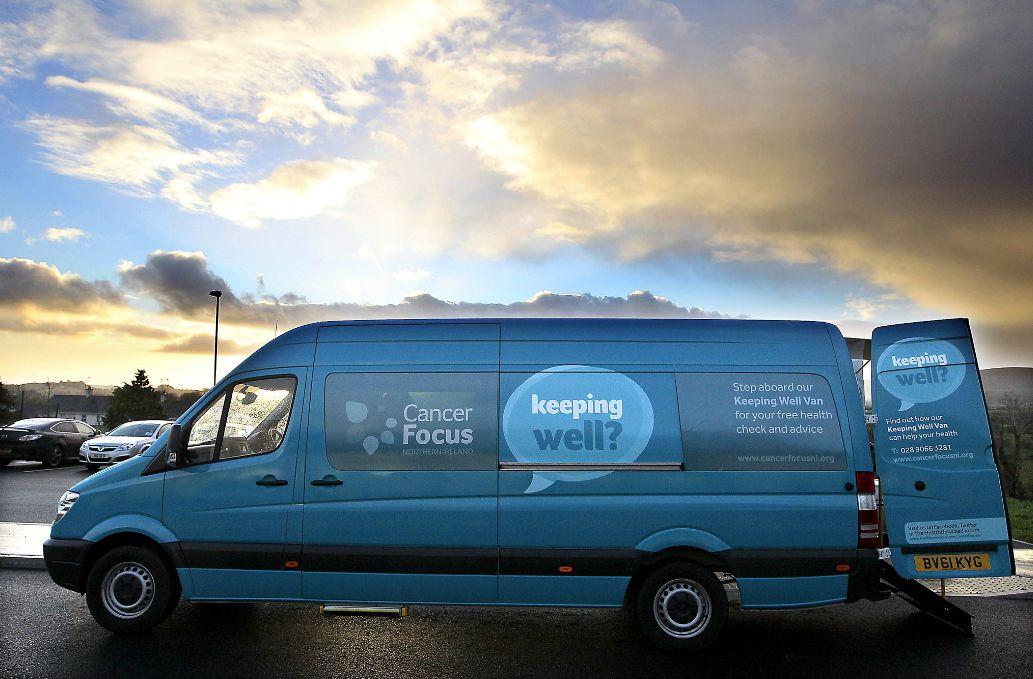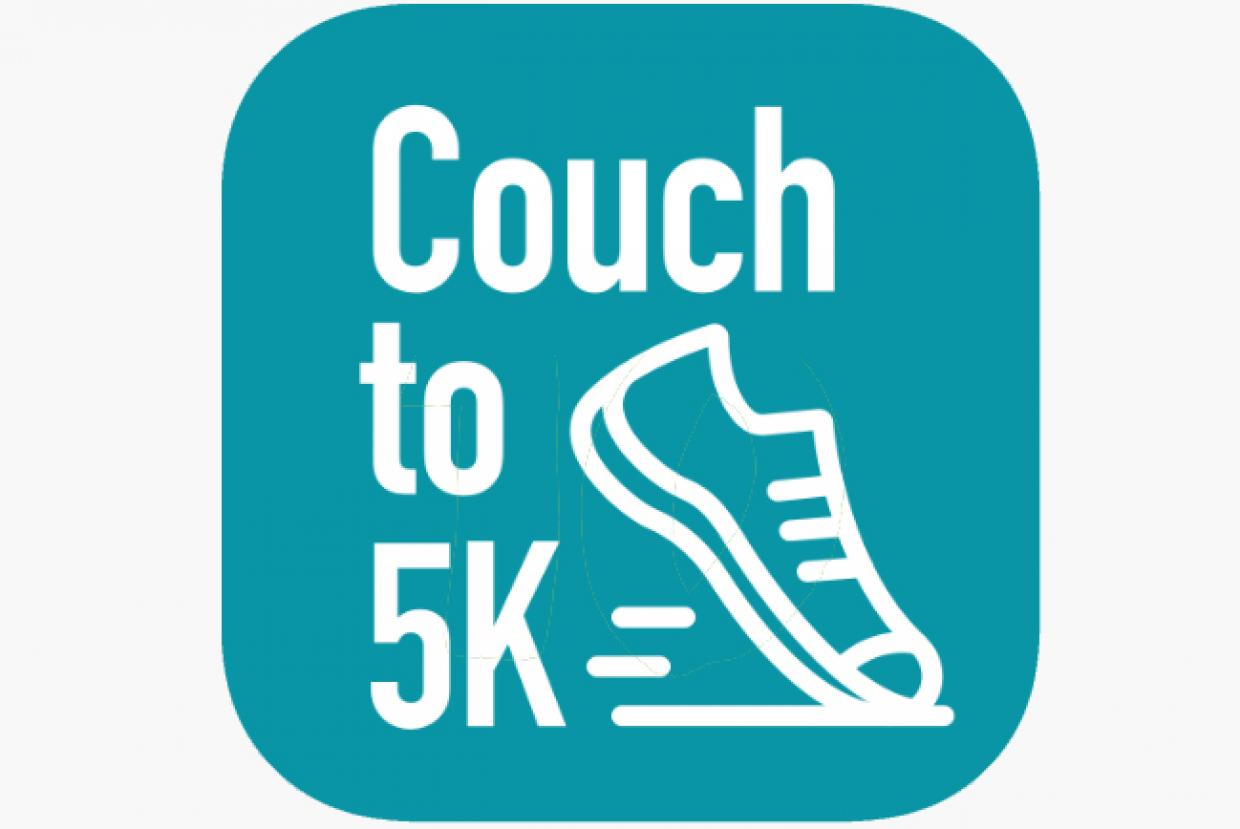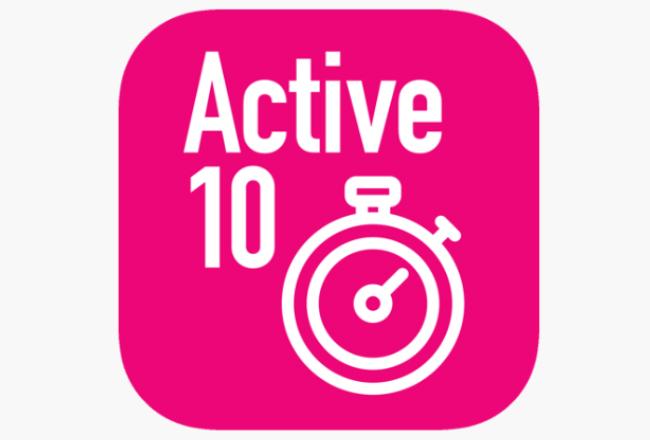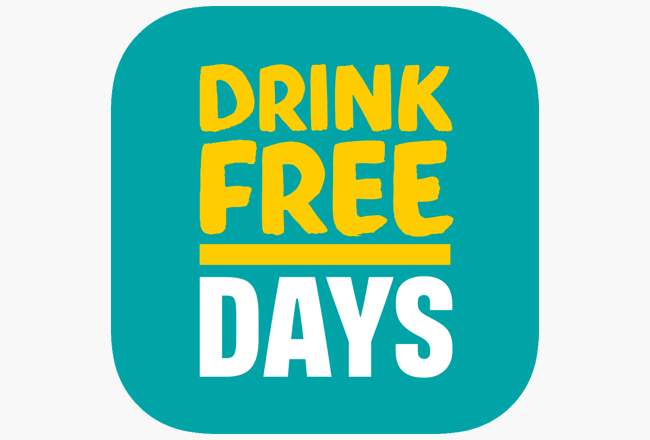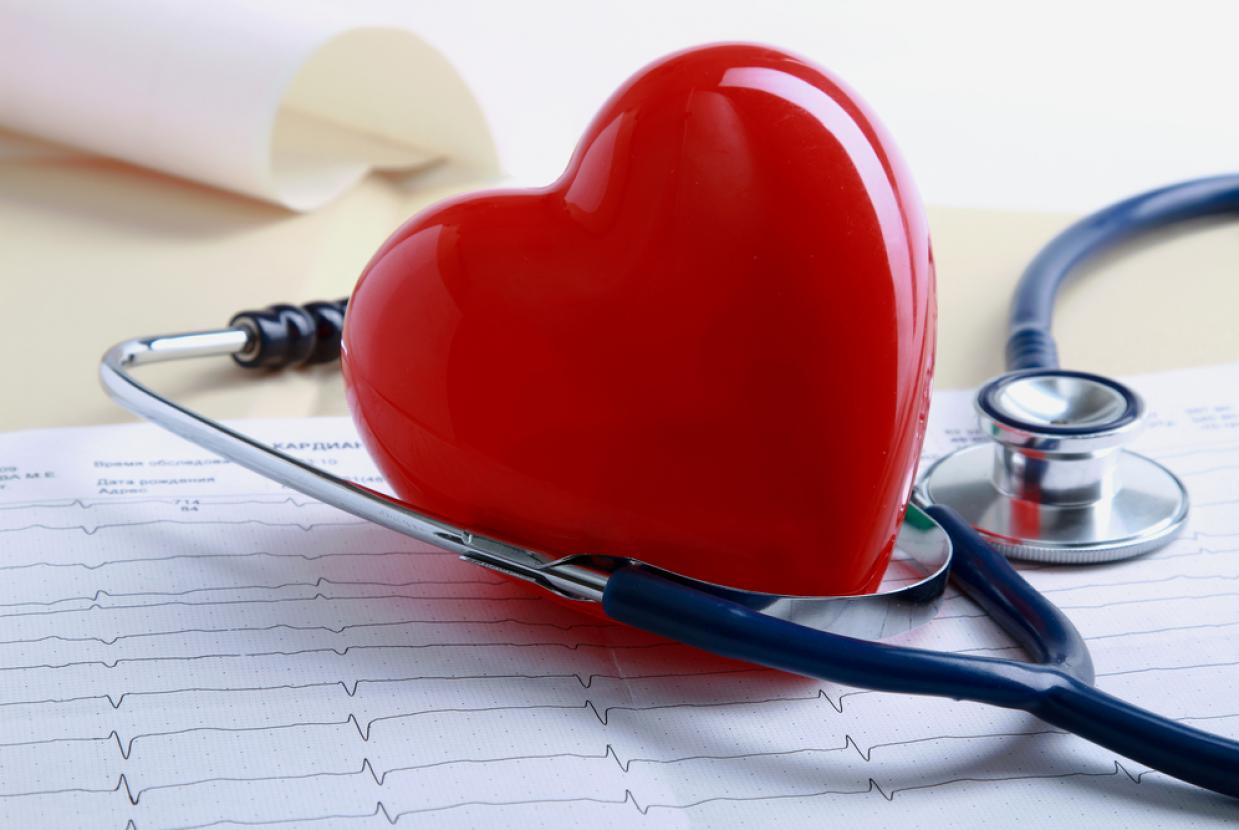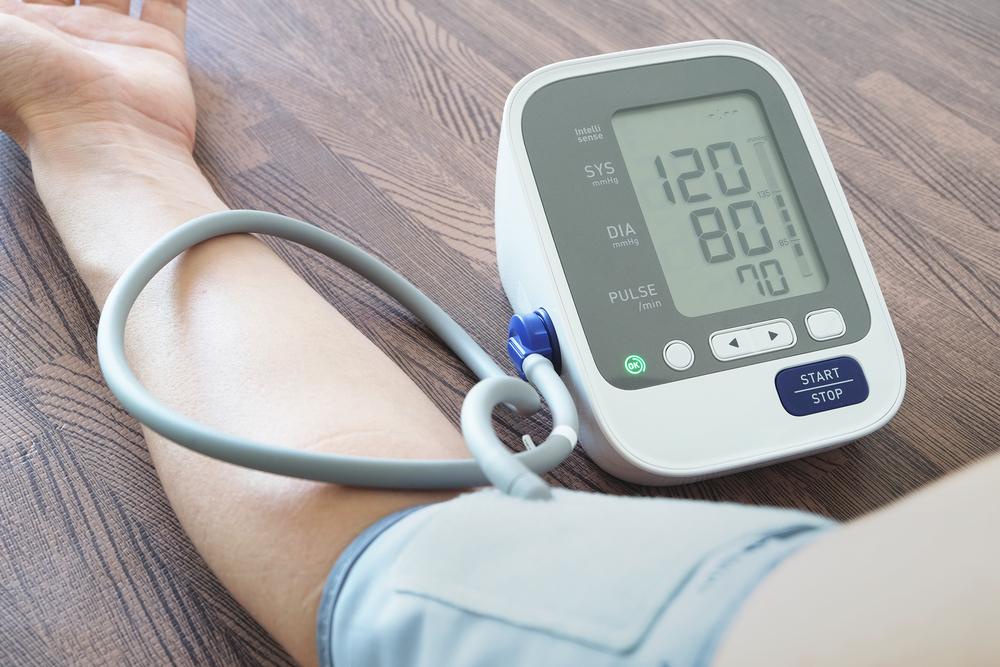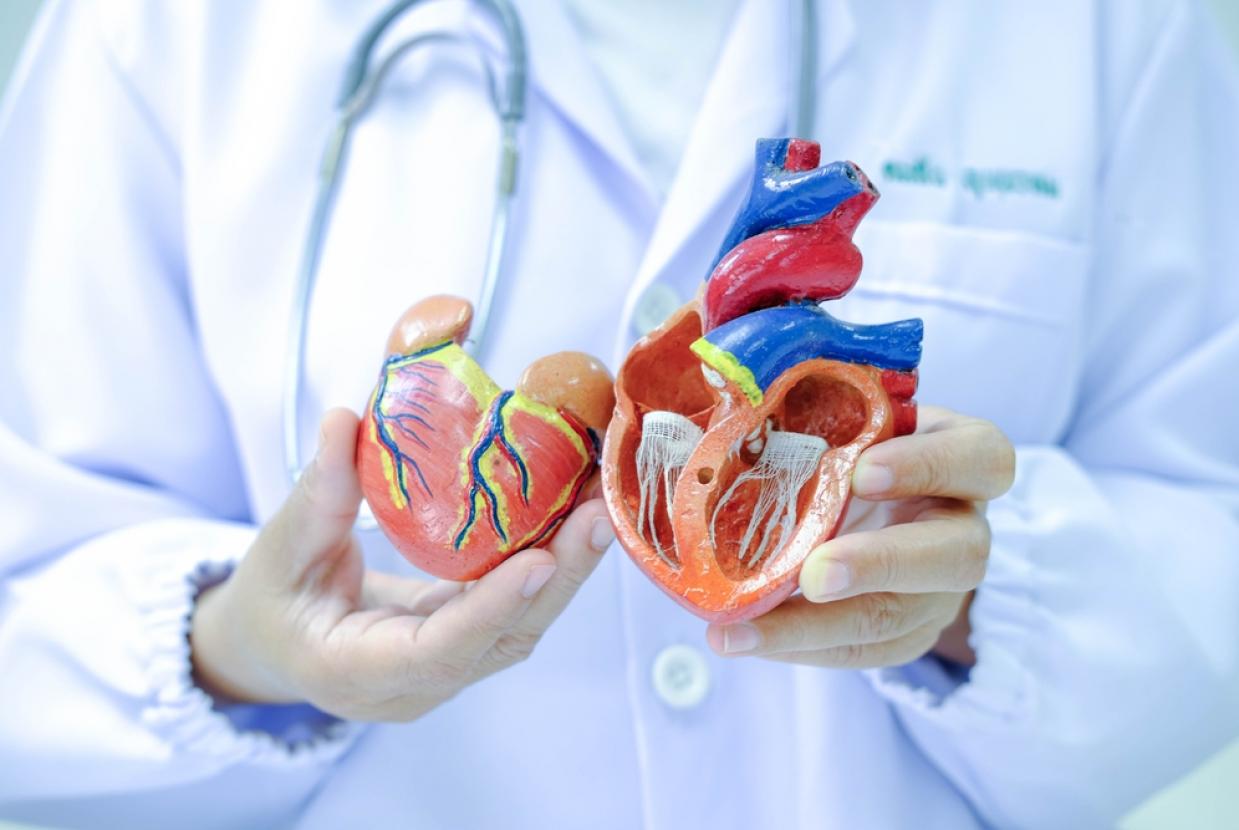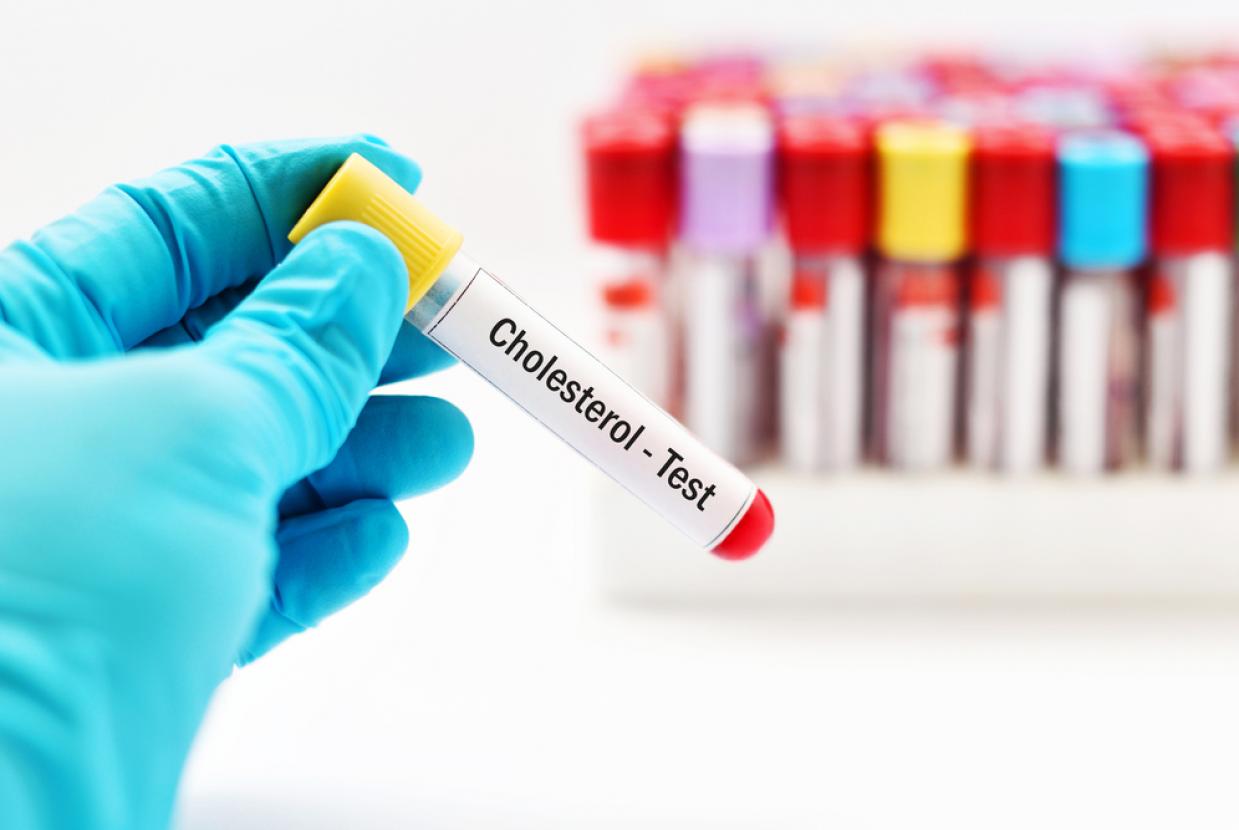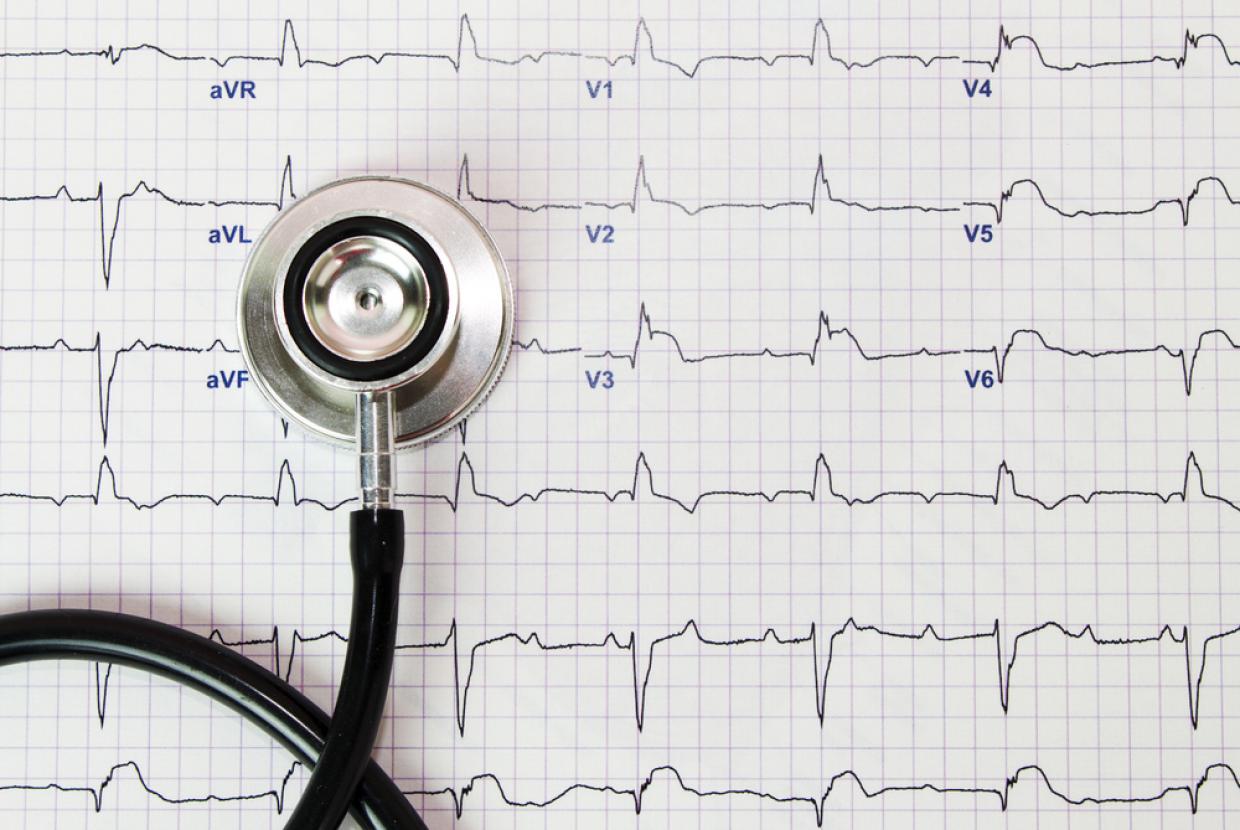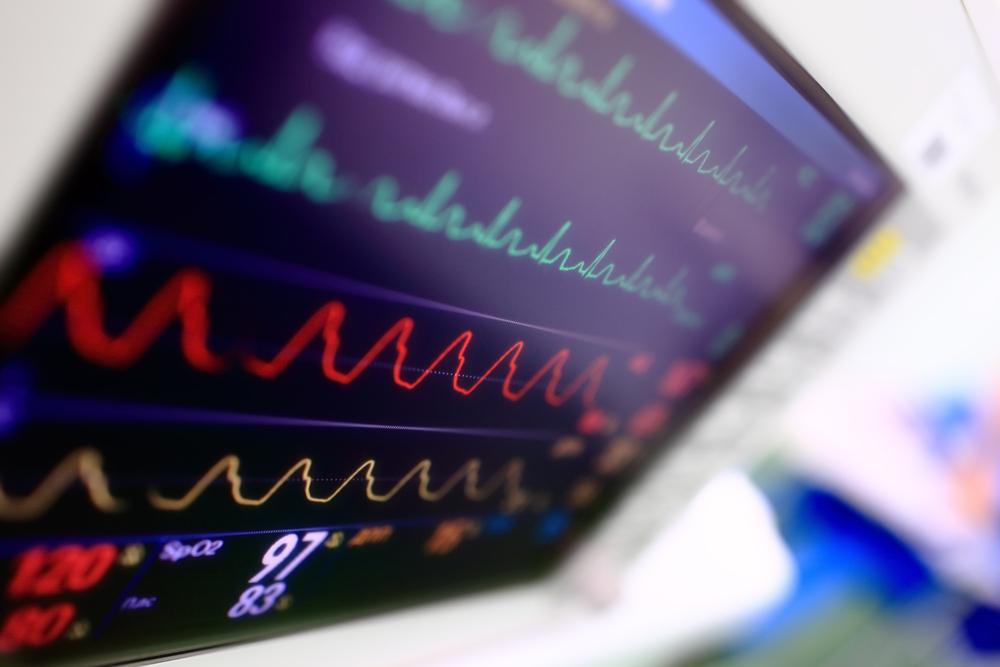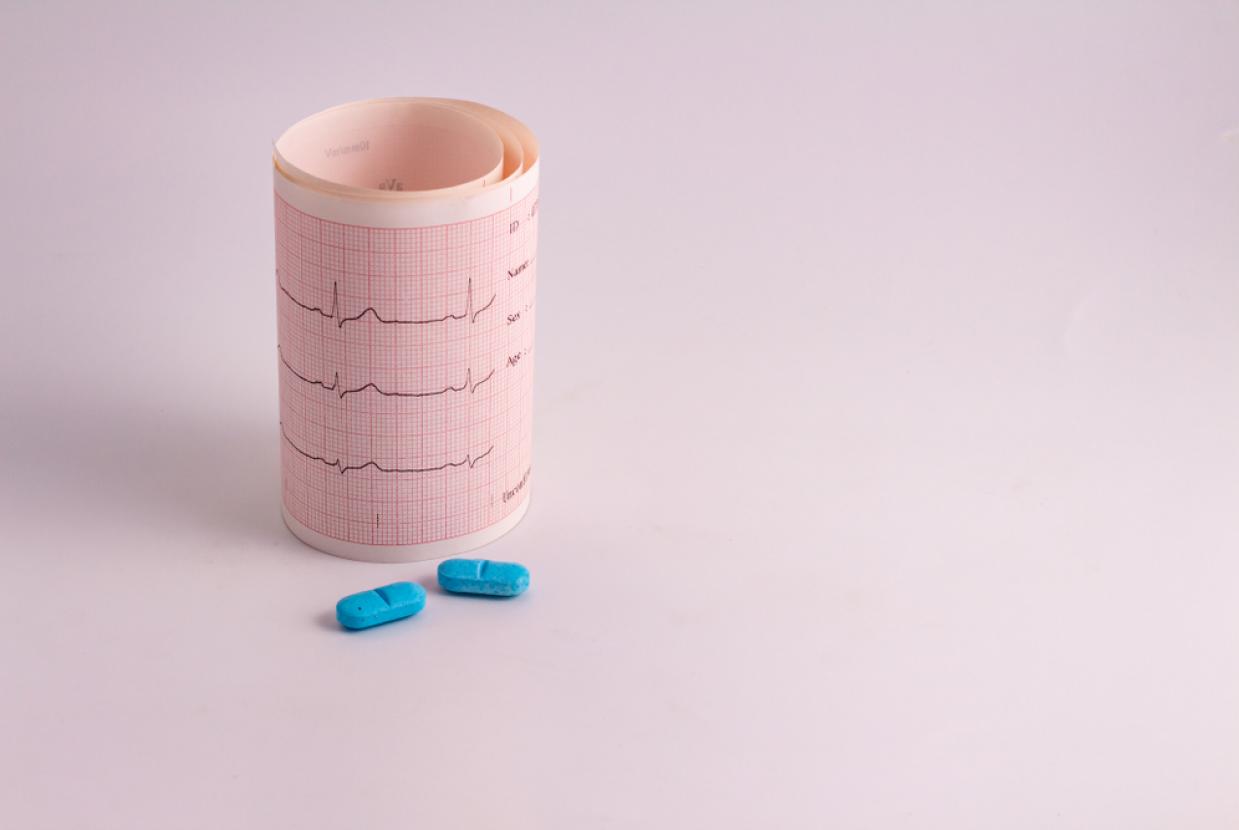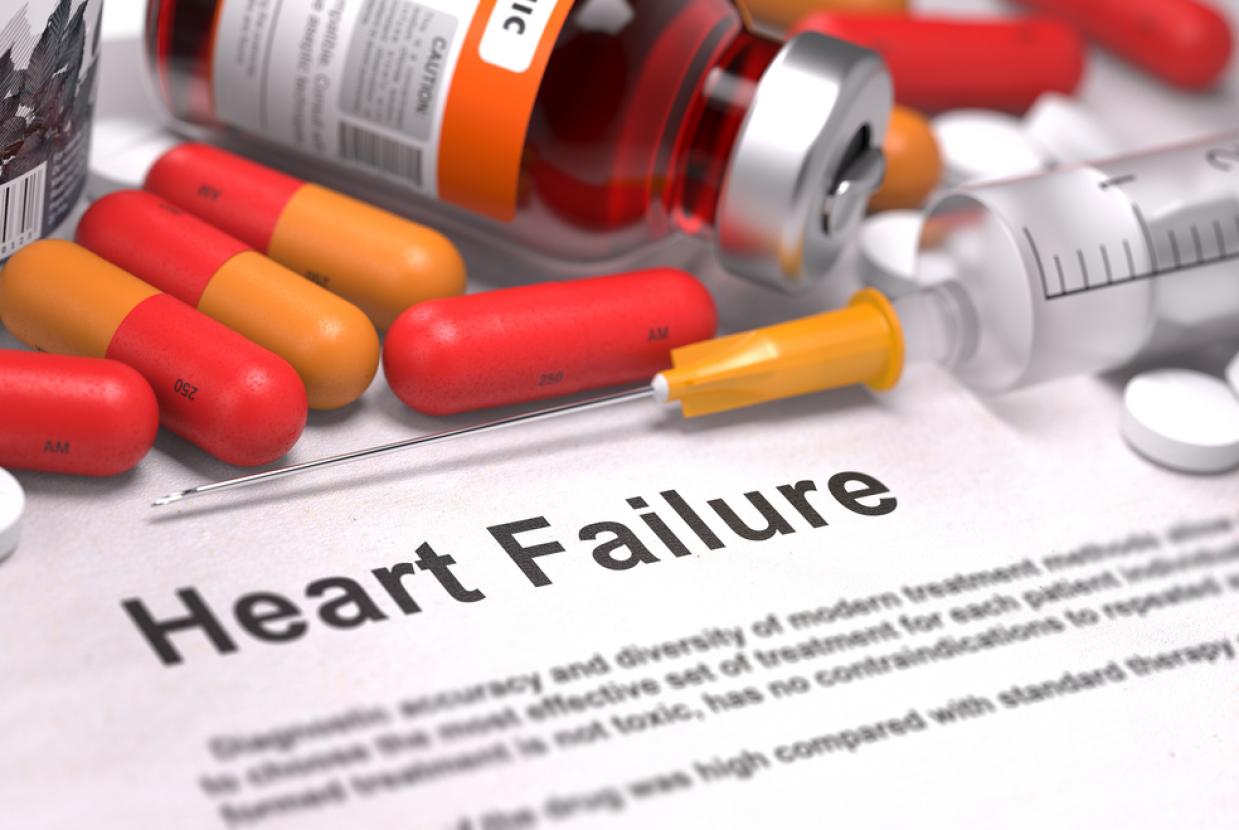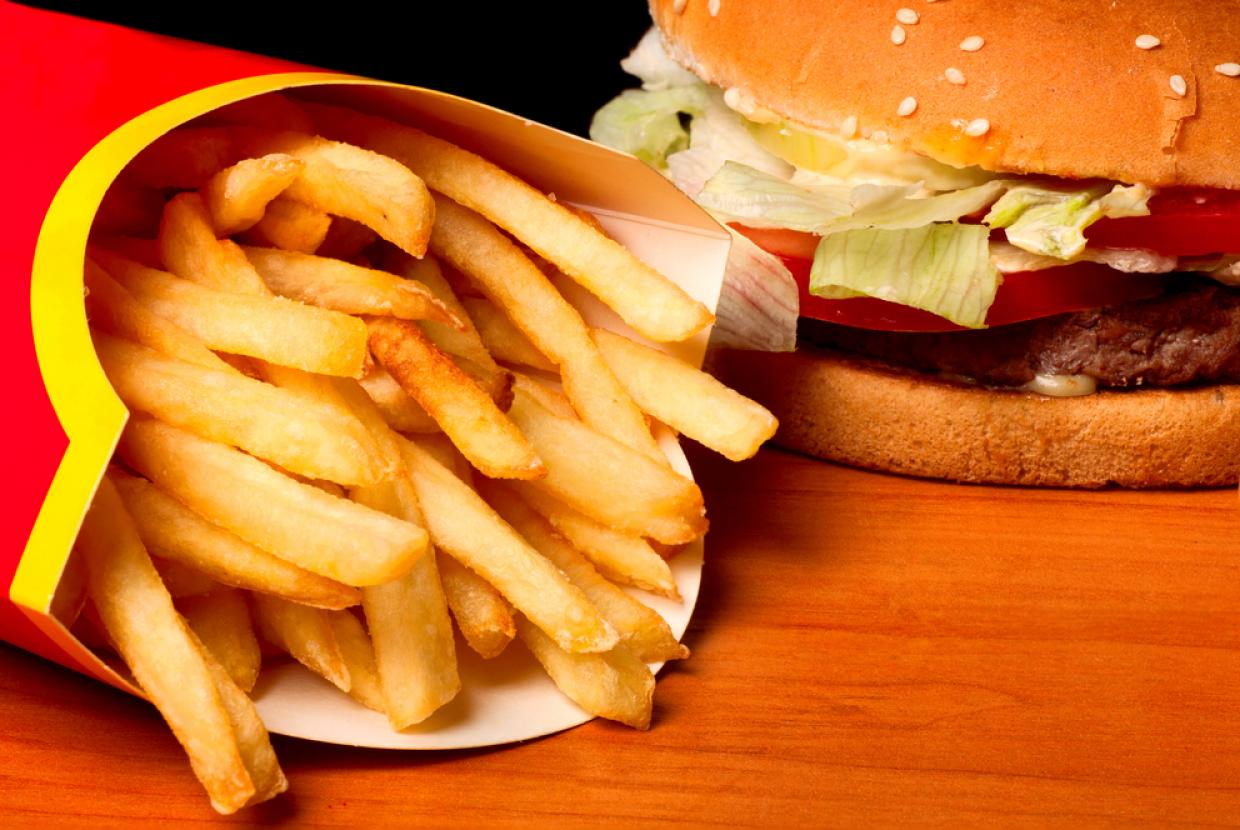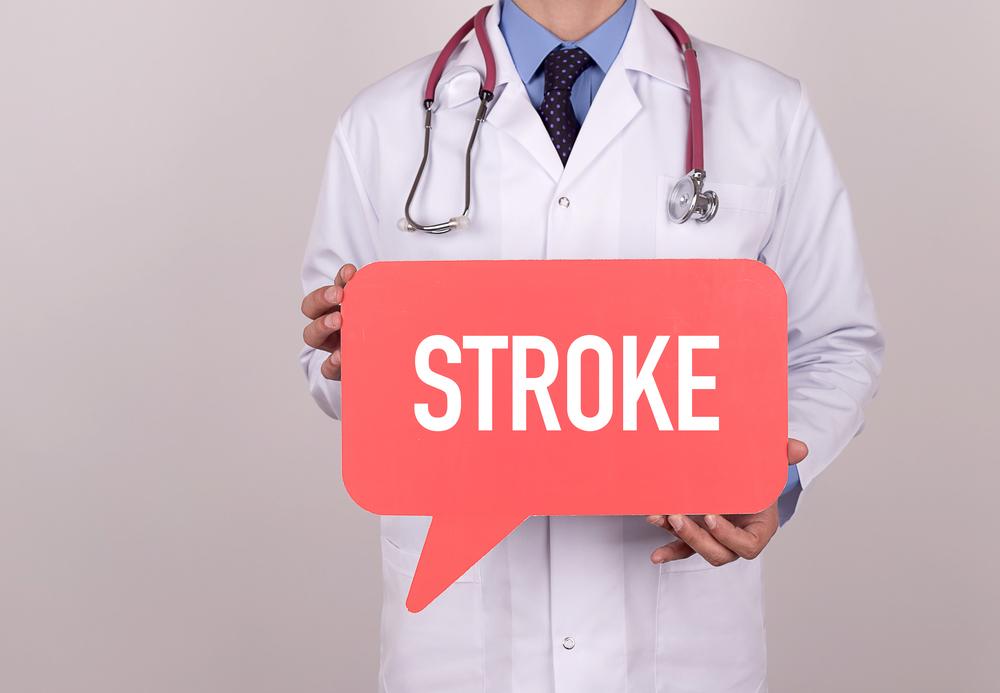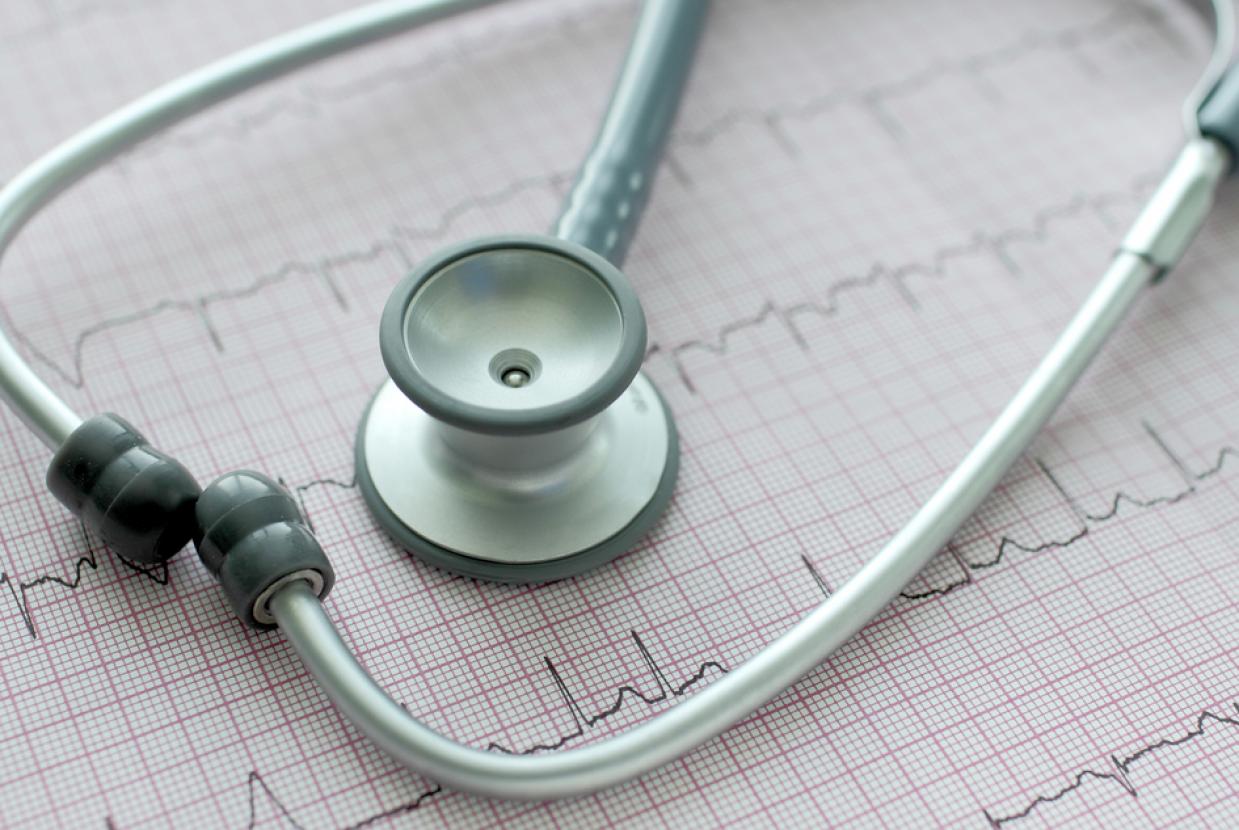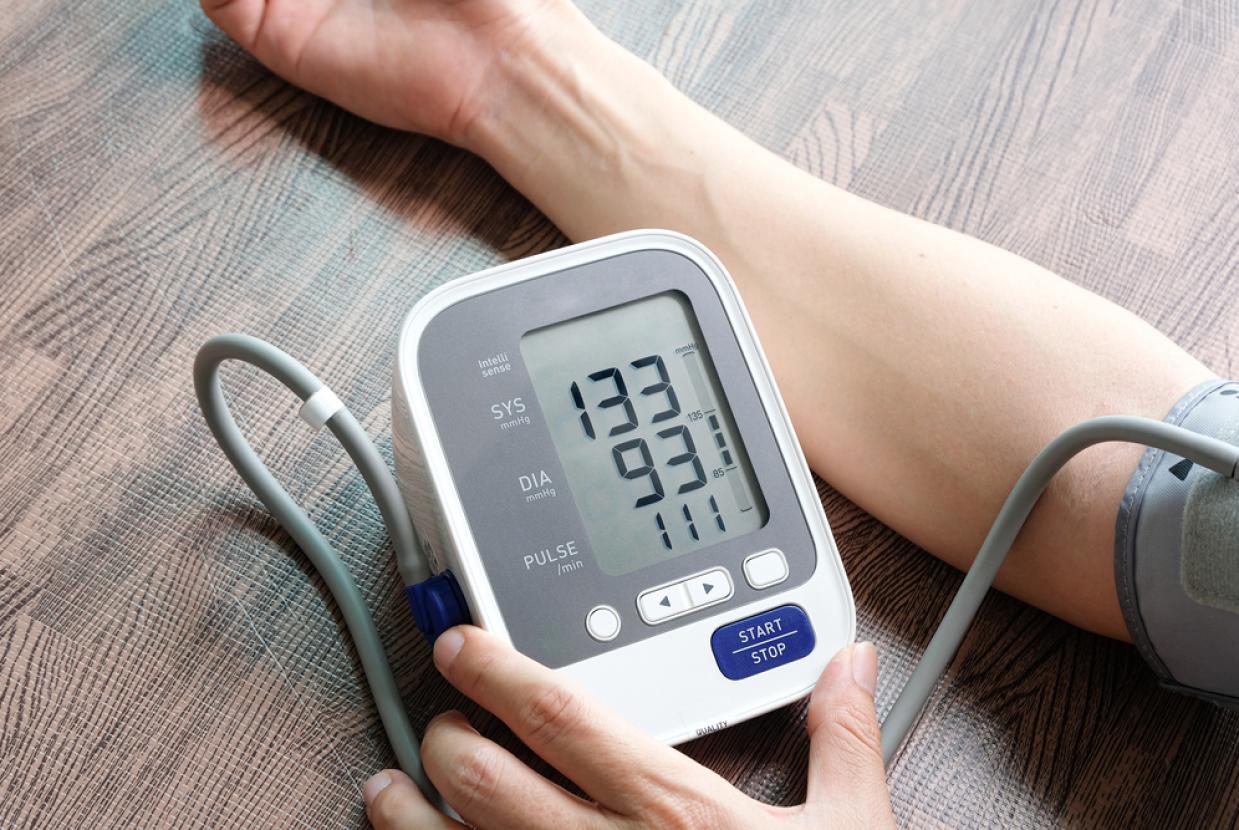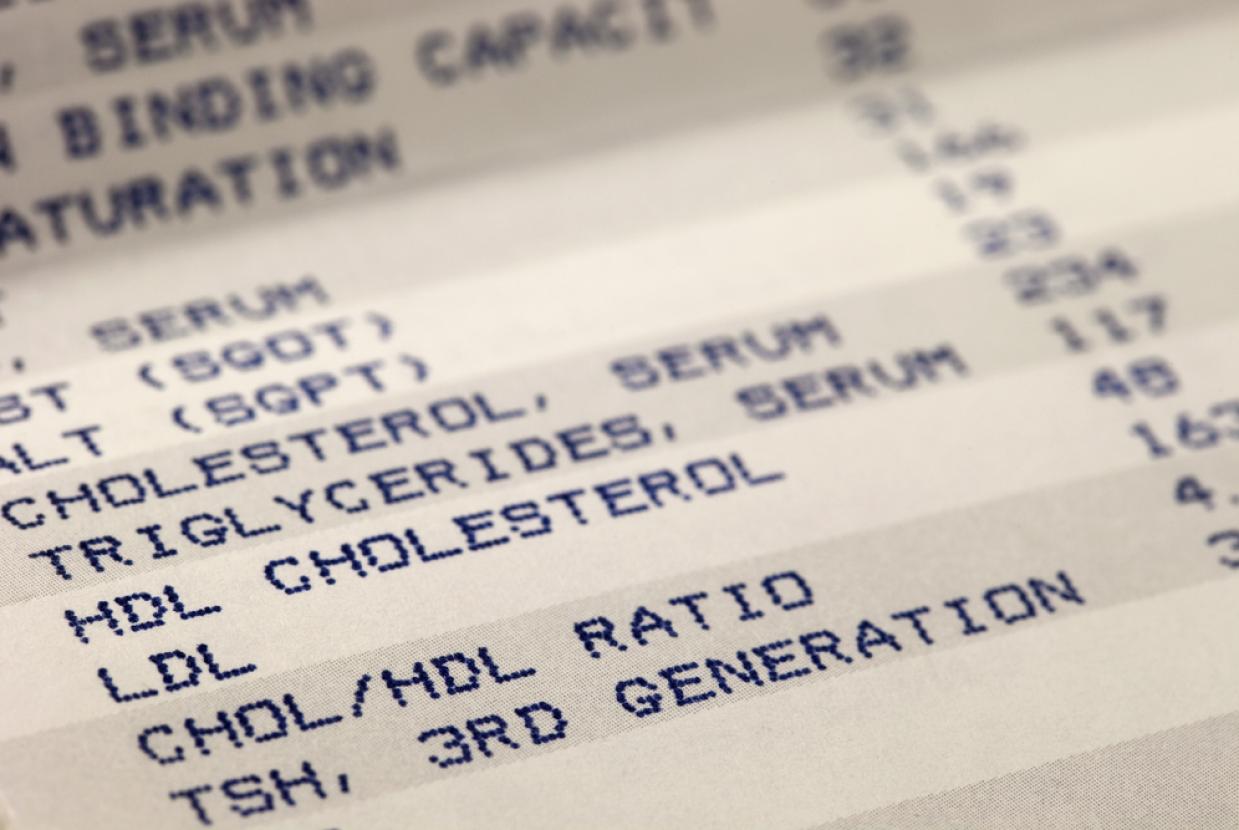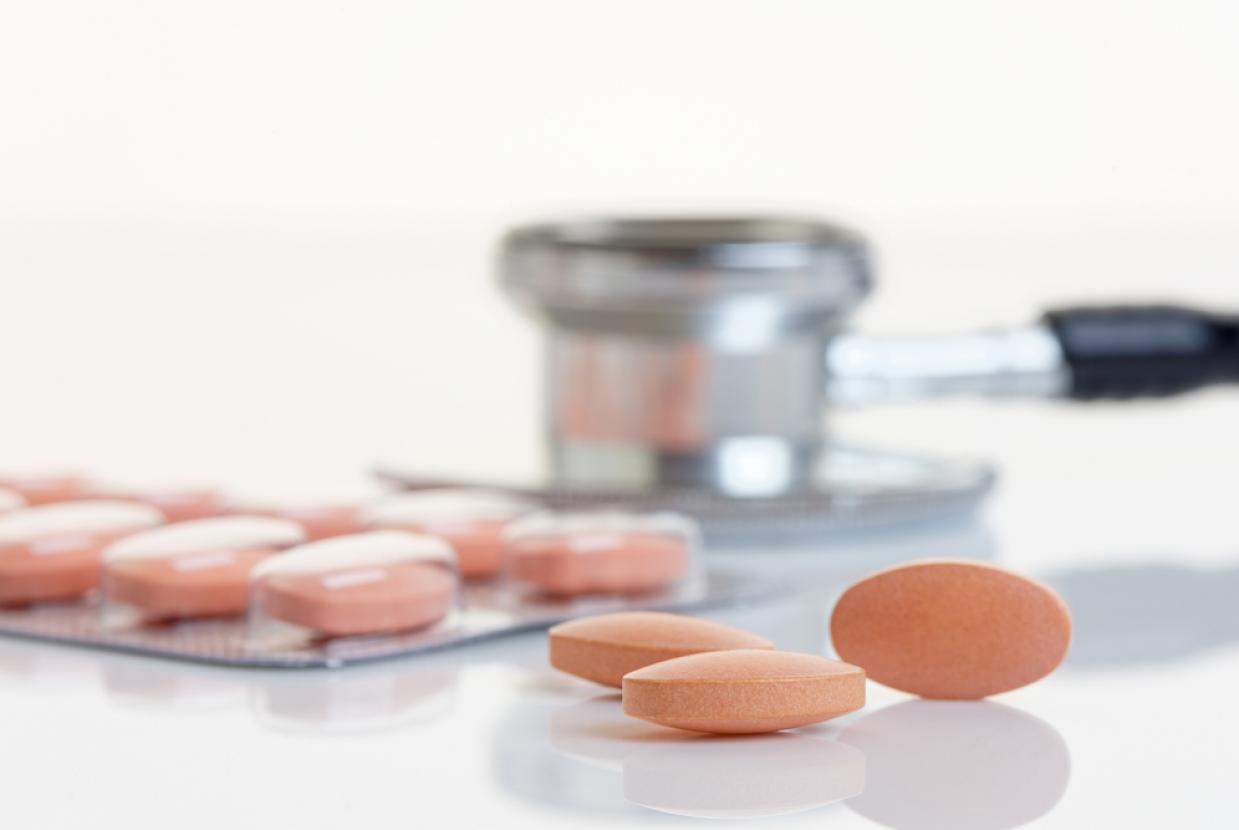Treatment Options
Treatment for coronary heart disease (CHD) can help manage the symptoms and reduce the risk of further problems. CHD can be managed effectively with a combination of lifestyle changes, medicine and, in some cases, surgery. With the right treatment, the symptoms of CHD can be reduced and the functioning of the heart improved.
Things you can do to help with coronary heart disease (CHD)
If you've been diagnosed with coronary heart disease, making simple lifestyle changes can reduce your risk of having further episodes.
For example, stopping smoking after a heart attack quickly reduces your risk of having a heart attack in the future to near that of a non-smoker. Other lifestyle changes, such as eating more healthily and doing regular exercise, will also reduce your future risk of heart disease.
Medicines
Many different medicines are used to treat CHD. Usually they either aim to reduce blood pressure or widen your arteries. Some heart medicines have side effects, so it may take a while to find one that works for you. A GP or specialist will discuss the various options with you. Heart medicines should not be stopped suddenly without the advice of a doctor as there's a risk this may make your symptoms worse.
Blood-thinning medicines
Blood thinners are a type of medicine that can help reduce the risk of a heart attack by thinning your blood and preventing it clotting. Common blood-thinning medicines include:
- low-dose aspirin
- clopidogrel
- rivaroxaban
- ticagrelor
- prasugrel
Statins
If you have high cholesterol, cholesterol-lowering medicine called statins may be prescribed.
Most people start with atorvastatin but other statins include:
- simvastatin
- rosuvastatin
- pravastatin
- fluvastatin
Not all statins are suitable for everyone, so you may need to try several different types until you find one that's suitable.
Statins work by slowing down the production of low-density lipoprotein (LDL) cholesterol in your liver.
This helps remove LDL cholesterol from your blood, which makes a heart attack less likely.
Beta blockers
Beta blockers, including atenolol, bisoprolol, metoprolol and nebivolol, are often used to prevent angina and treat high blood pressure.
They work by blocking the effects of a particular hormone in the body, which slows down your heartbeat and improves blood flow.
Nitrates
Nitrates are used to widen your blood vessels. Doctors sometimes refer to nitrates as vasodilators. They're available in a variety of forms, including tablets, sprays and skin patches such as glyceryl trinitrate and isosorbide mononitrate.
Nitrates work by relaxing your blood vessels, letting more blood pass through them. This lowers your blood pressure and relieves any heart pain you have.
Angiotensin-converting enzyme (ACE) inhibitors
ACE inhibitors are commonly used to treat high blood pressure. Examples include ramipril and lisinopril. They block the activity of a hormone called angiotensin-2, which causes the blood vessels to narrow.
As well as stopping the heart working so hard, ACE inhibitors improve the flow of blood around the body. Your blood pressure will be monitored while you're taking ACE inhibitors, and regular blood tests will be needed to check that your kidneys are working properly.
Angiotensin-2 receptor blockers (ARBs)
Angiotensin-2 receptor blockers (ARBs) work in a similar way to ACE inhibitors. They're used to lower your blood pressure by blocking angiotensin-2.
Mild dizziness is usually the only side effect. They're often prescribed as an alternative to ACE inhibitors, as they do not cause a dry cough.
Calcium channel blockers
Calcium channel blockers also work to decrease blood pressure by relaxing the muscles that make up the walls of your arteries.
This causes the arteries to become wider, reducing your blood pressure.
Examples include amlodipine, verapamil and diltiazem.
Side effects include headaches and facial flushing, but these are usually mild and do not last long.
Diuretics
Sometimes known as water pills, diuretics work by flushing excess water and salt from the body through urine.
Procedures and surgery
If your blood vessels are narrow as the result of a build-up of atheroma (fatty deposits) or if your symptoms cannot be controlled using medicines, interventional procedures or surgery may be needed to open up or bypass blocked arteries. Here are some of the main procedures used to treat blocked arteries:
Coronary angioplasty
Coronary angioplasty is also known as percutaneous coronary intervention (PCI), percutaneous transluminal coronary angioplasty (PTCA) or balloon angioplasty.
Angioplasty may be a planned procedure for someone with angina, or an urgent treatment if the symptoms have become unstable. Having a coronary angiogram (a type of X-ray used to check blood vessels) will determine if you're suitable for treatment.
During the procedure, a small balloon is inserted to push the fatty tissue in the narrowed artery outwards. This allows the blood to flow more easily. A metal stent (a wire mesh tube) is usually placed in the artery to hold it open. Drug-eluting stents can also be used. These release medicines to stop the artery narrowing again.
Coronary artery bypass graft
Coronary artery bypass grafting (CABG) is also known as bypass surgery, a heart bypass, or coronary artery bypass surgery. It's carried out in people whose arteries are narrowed or blocked.
A blood vessel is inserted (grafted) between the main artery leaving the heart (the aorta) and a part of the coronary artery beyond the narrowed or blocked area.
Sometimes, an artery that supplies blood to the chest wall is used and diverted to one of the heart arteries. This allows the blood to bypass (get around) the narrowed sections of coronary arteries.
Heart transplant
Occasionally, when the heart is severely damaged and medicine is not effective, or when the heart becomes unable to adequately pump blood around the body (heart failure), a heart transplant may be needed. A heart transplant involves replacing a heart that's damaged or is not working properly with a healthy donor heart.









